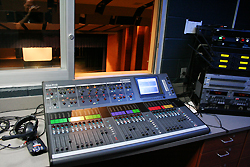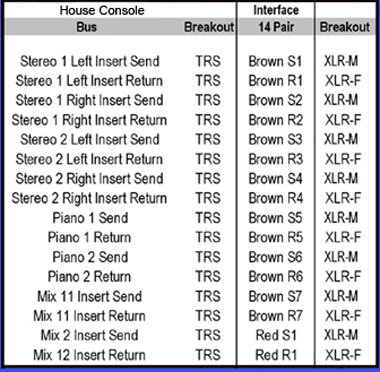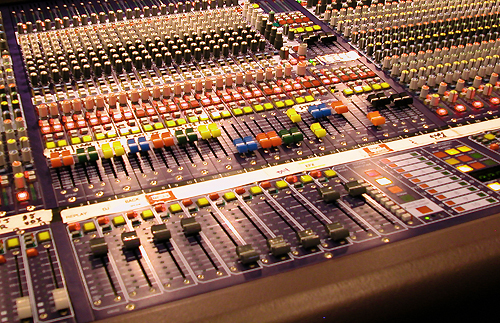As we left off last time, our hero was fighting for truth, justice… Oops – wrong story.
Our story here is to continue the discussion of creating a truly useful technical information package for a visiting acts and sound personnel, is a bit less glamorous.
But it need not be overly complicated, either.
Previously (here), we looked at the basic format of the tech package, and talked about the first five of 10 essential items it should offer. Now, let’s lay out the second five.
Snakes and cabling. The snake routing information sheet for the venue where I work, a theatre in a large city, looks like a parts list for a 747. I’m not sure when this system infrastructure was installed, but I can tell it took a good bit of thought and labor.
The snake line sheet in the tech package is essential for everyday operation and can be helpful to house crew and traveling crew alike. Be sure to include all the oddball lines, such as those to the spot booth, stage manager offices, and places unique to your particular venue, like the bar next door or the trap door operator position under the stage.
This sheet can do double duty by serving as a place to note malfunctioning or suspect lines as well as lines that have been commandeered as temporary replacements. Permanent lines can be noted, like those for a “stage god” mic or for emergency announcements.
Even the main sound system drive lines and data lines should be noted. This can save many a frustrating moment should something fail at an inconvenient moment (as if there is a good time for a failure of anything in a sound system).
I’ve heard it suggested that keeping crucial information like this in one’s head is a type of job insurance, the thinking being that the “keeper of secrets” will be the only one able to save the day. Let me dispel this myth here and now. If the working relationship is destined to end, the fact that the poor sap getting the job next will have a tough time is not job security.
Rather, having this information on record can never hurt, and really, can only help. It might even save that job one day, not to mention a show.
Console layout. The house console at our venue is used for every type of show imaginable. From serving as a relatively simple drive signal router for shows with nearly self-contained sound systems to having every single channel chock full of orchestra inputs for a ballet, the board does it all.
I’ve found it easy to more or less permanently assign some console input strips to a single function each, no matter what the show may be. This page in the info package not only lists the permanent channels, but also has blank spaces where an input list can be created for the empty channels.
The page should be correlated with the snake line sheet to eliminate inconsistency. Any problem channels or input strips can be noted to assure that maintenance is performed. In fact, I keep several blank copies in the folder so that input lists can be created on the spot, if needed.
Backstage paging. This seldom-praised portion of the house audio infrastructure is just as essential to many performances as the sexiest loudspeaker array in the house rig. If the actors or crew cannot hear the paging system telling them their cues and calls, chaos can ensue and further, it can rain down upon your poor head. Stage managers are not enemies to make if it can be avoided.
A list of every loudspeaker in the system, as well as its location and operating condition, serves dual purposes. Visiting engineers can quickly identify areas without coverage that may need to be supplemented and the house crew can do periodic checks of the system with a handy checklist.

















